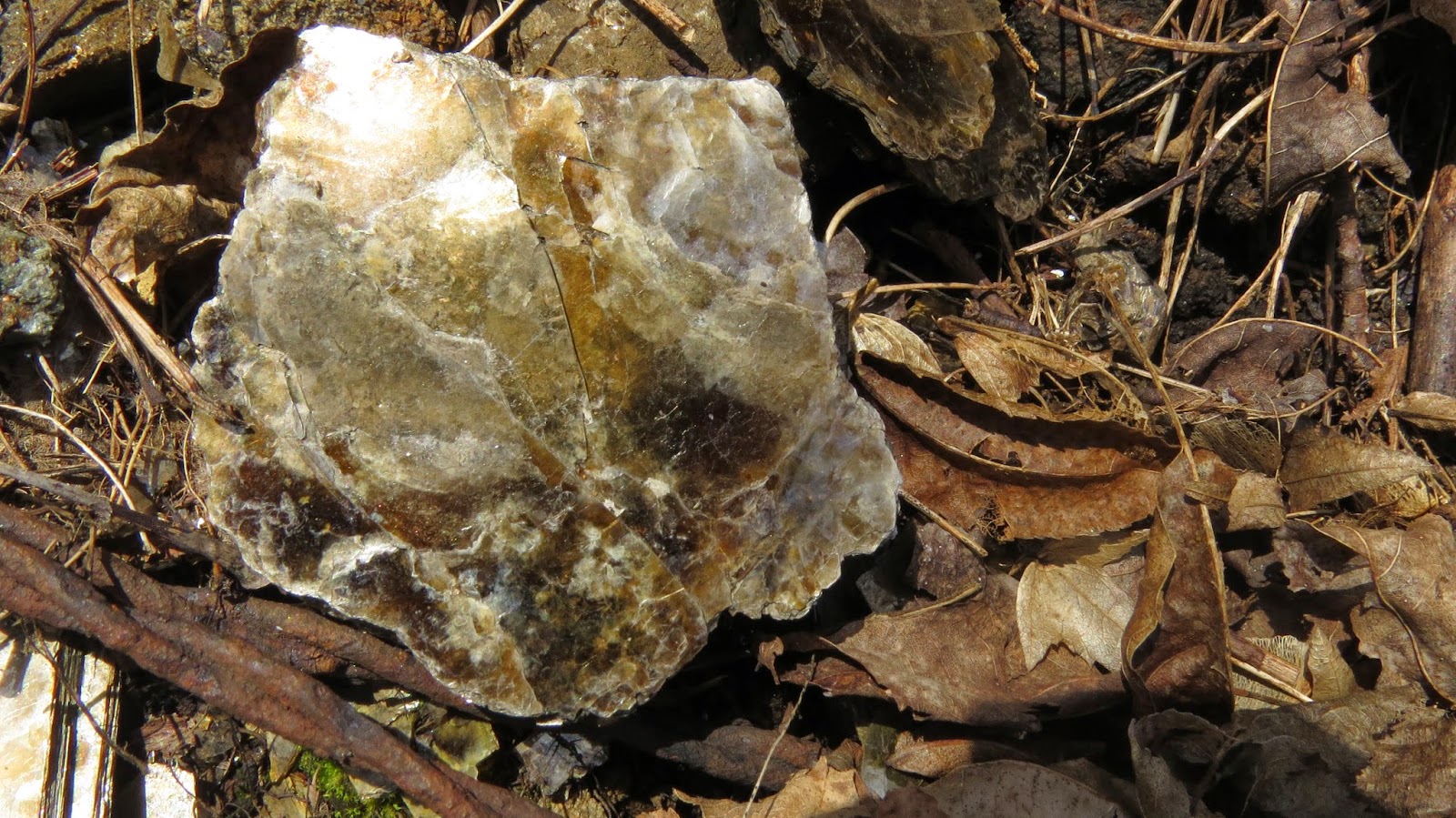Thursday, May 8th, 2014 Partly Cloudy, mid 20's C, a strong southerly breeze.
Accompanied by friend Steve, we are making our way to Prince Edward Point National Wildlife Area (Quinte region, Ontario) on Friday morning. We make a few stops. One of my favourite places is the 1500 acre Pangman tract of the Queens University Biological Station near Chaffeys Locks (Rideau Lakes), Ontario.
The Biological Station began 40 years ago with 100 acres of land beside Lake Opinicon. It now manages 7800 acres in the region, and is one of North America's premier research destinations, with researchers from many corners of North America.
The leaves had just started to come out on the deciduous trees. Few forest birds had arrived here. We expect to see many of the species which will nest here in a few days down at Prince Edward Point, as the songbirds do migrate on a southerly breeze, and drop onto the north side of Lake Ontario's shore.
Cerulean Warblers, for example, nest in good numbers here. None were seen on this date.
We DID see, given the lack of leaves, many spring ephemerals...a different mix than back home in Kanata, and somewhat further ahead, due to a local microclimate which is conducive to some Carolinean species.
 |
| Spring Beauty-Claytonia virginica (Claytonia caroliniana is the broader leaf Spring Beauty, featured in a previous blog) |
 |
| Dutchman's Breeches |
 |
| Wild Leek |
 |
| Trout Lily or Dog-tooth Violet |
 |
| Bloodroot |
 |
| White Trillium |
Also, the site is a former mica mine. The slope of the mine tailings, long abandoned, dazzles in the strong sunlight, as the mica glitters, like small mirrors.
We leave via CR 10 to Kingston, ON, and drive the remainder of the way to Picton, through the lovely vineyards, farms and Loyalist homes of Prince Edward County. We go the the dock area of the Inn, and check out the birds in Picton Harbour. We are very surprised to see two Red-throated Loons and the expected Caspian Terns.
 |
| Red-throated Loon, non-breeding adult |
Onward to the National Wildlife Area and the bird banding station.




Great photos. I like that you give two names, when both are commonly used, for a plant, such as the trout lily/dog tooth violet.
ReplyDelete